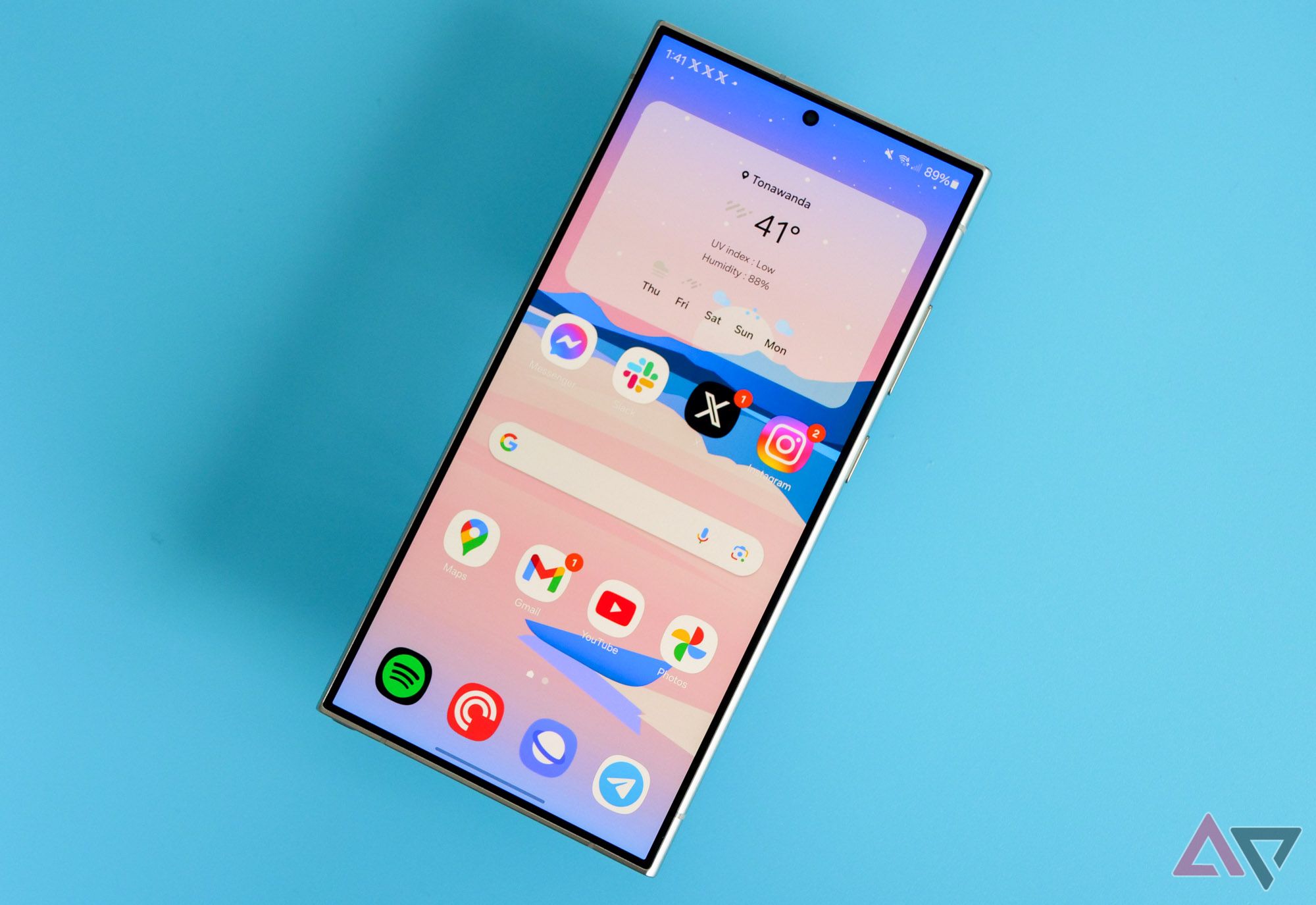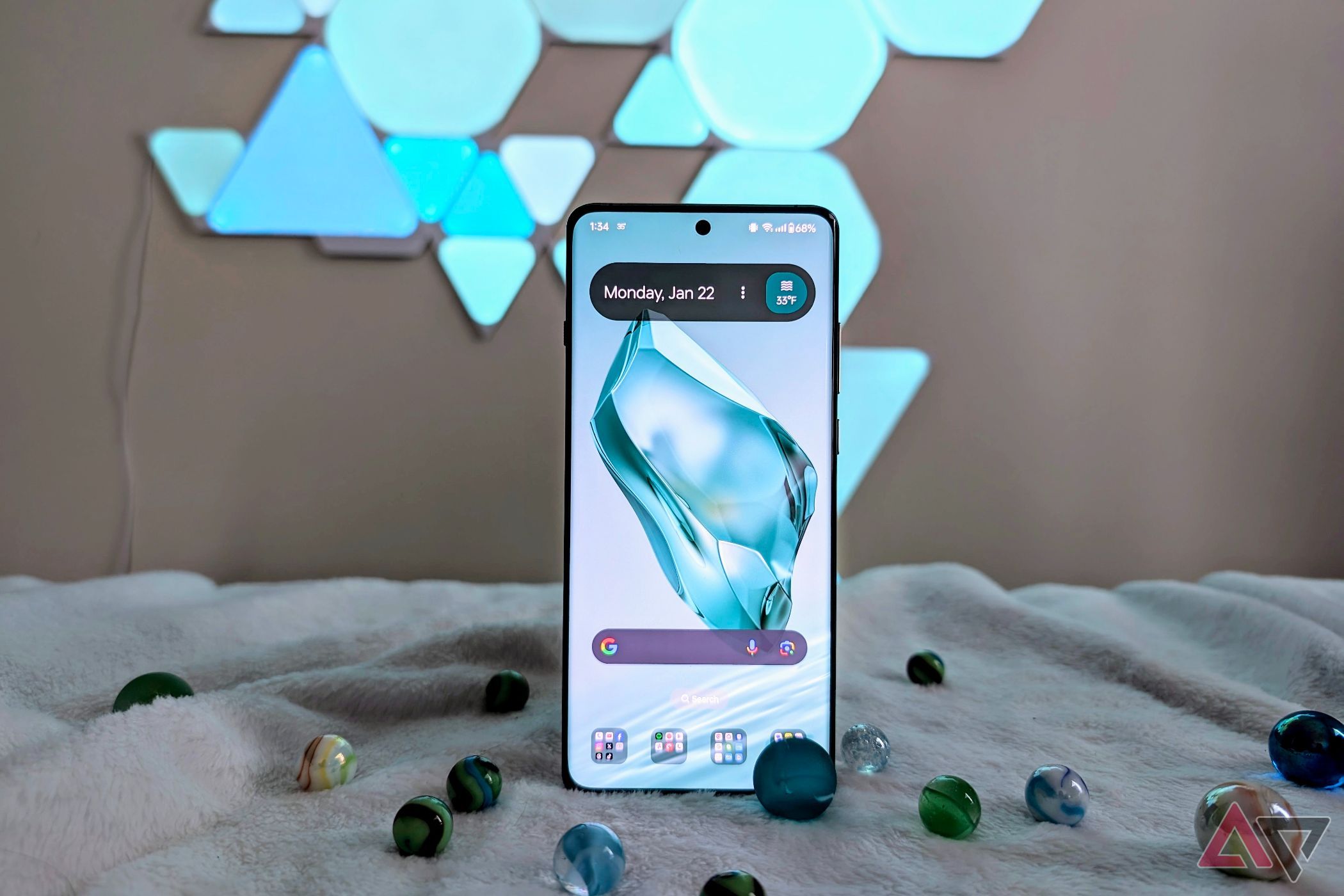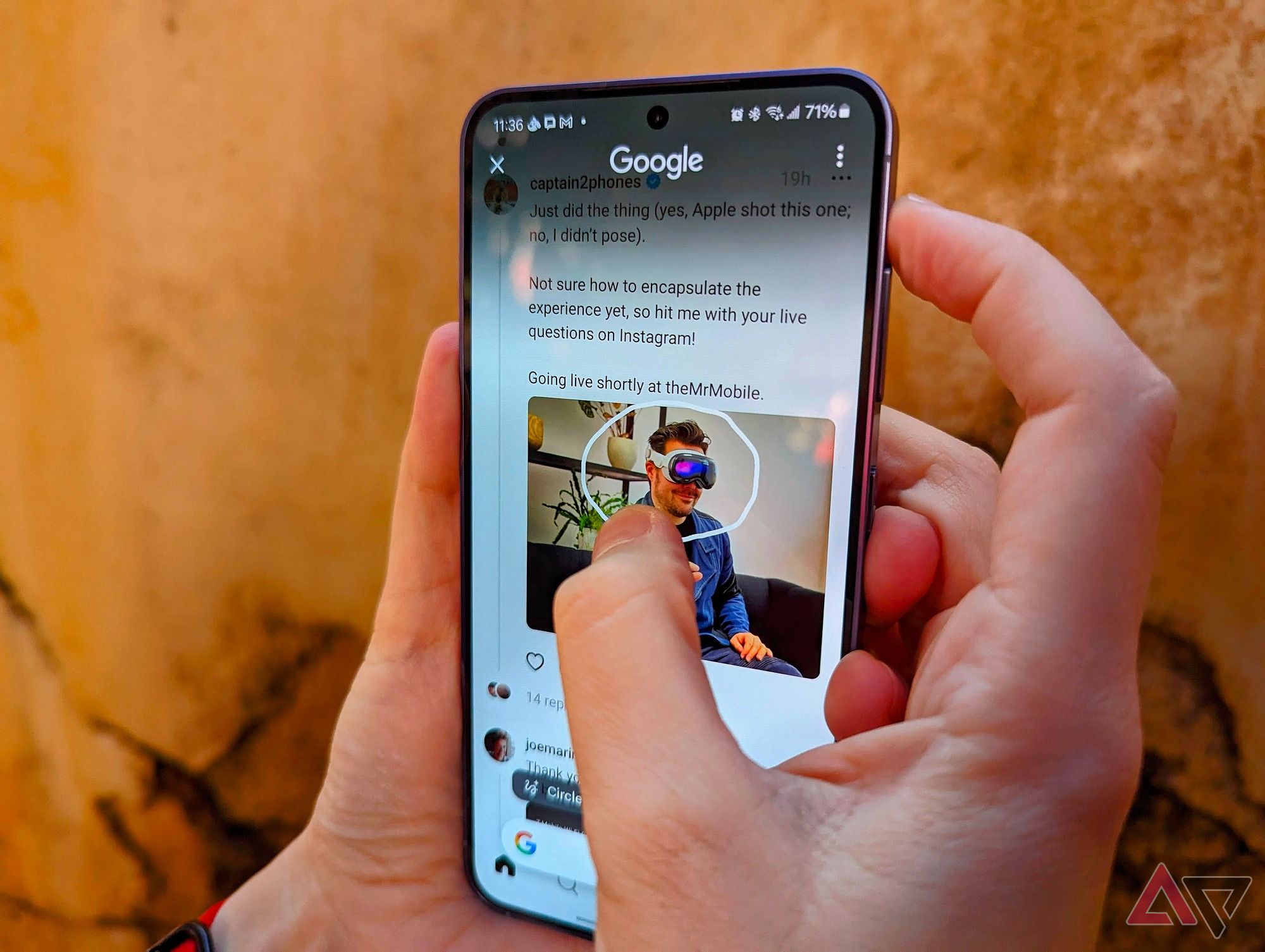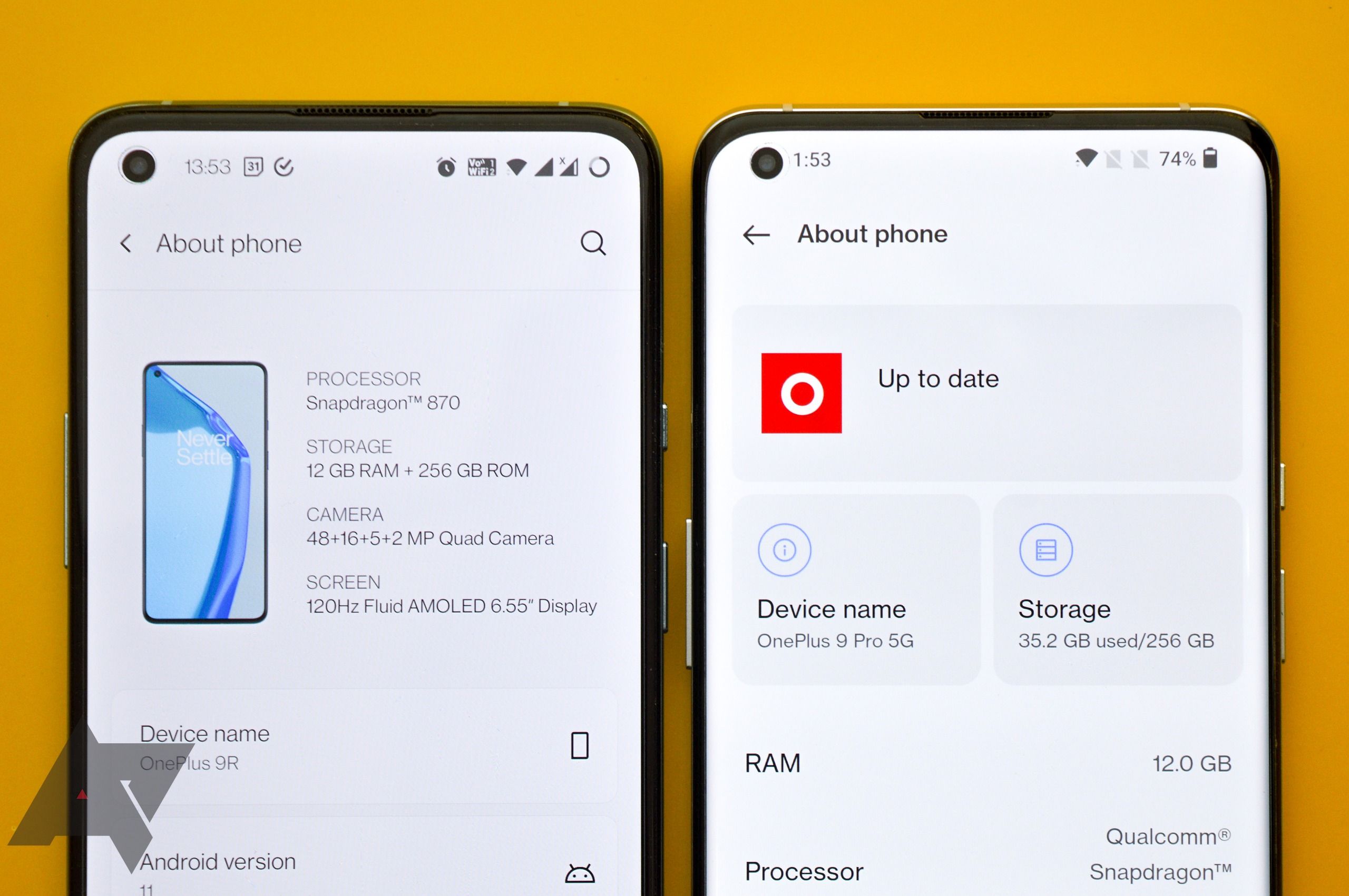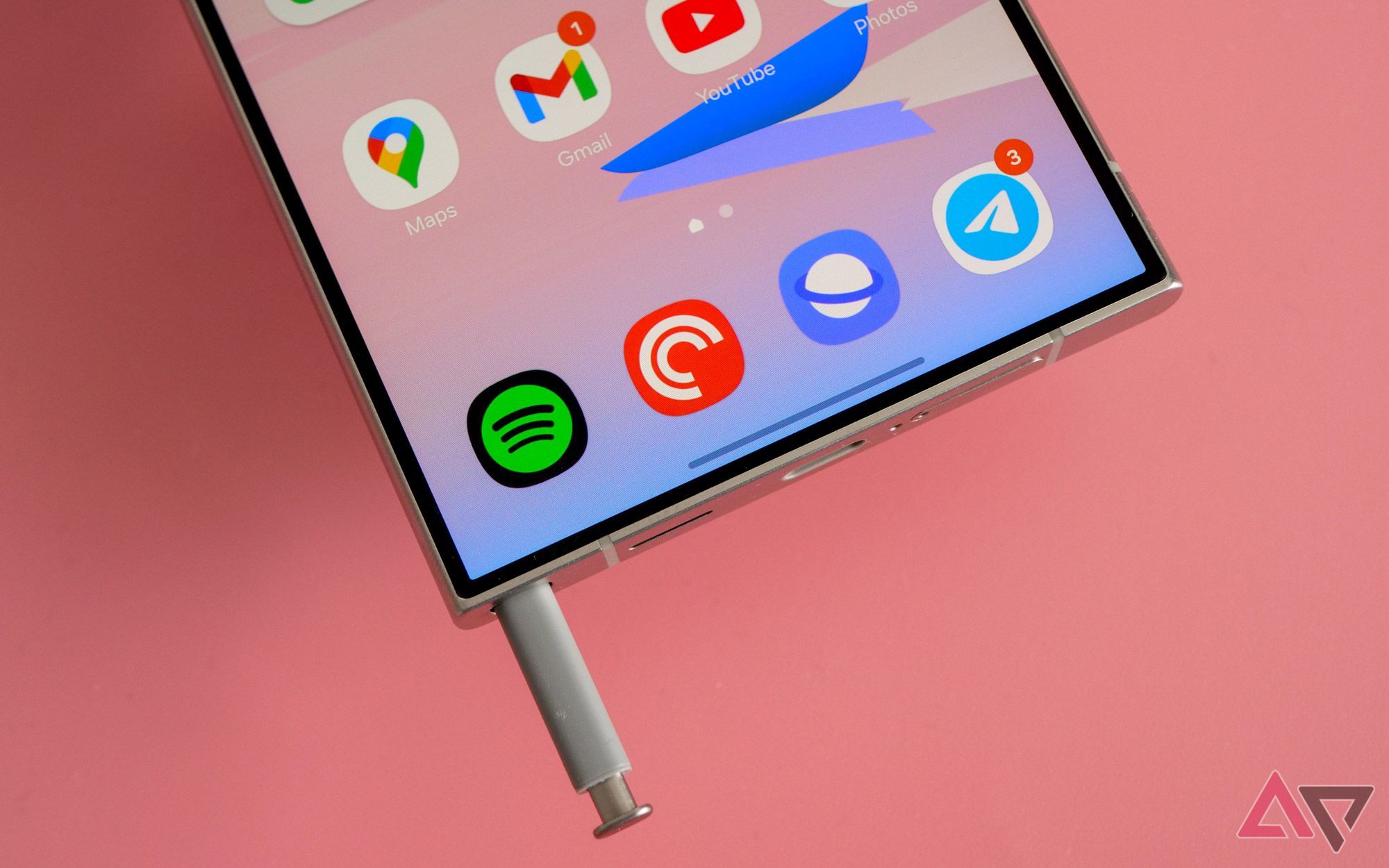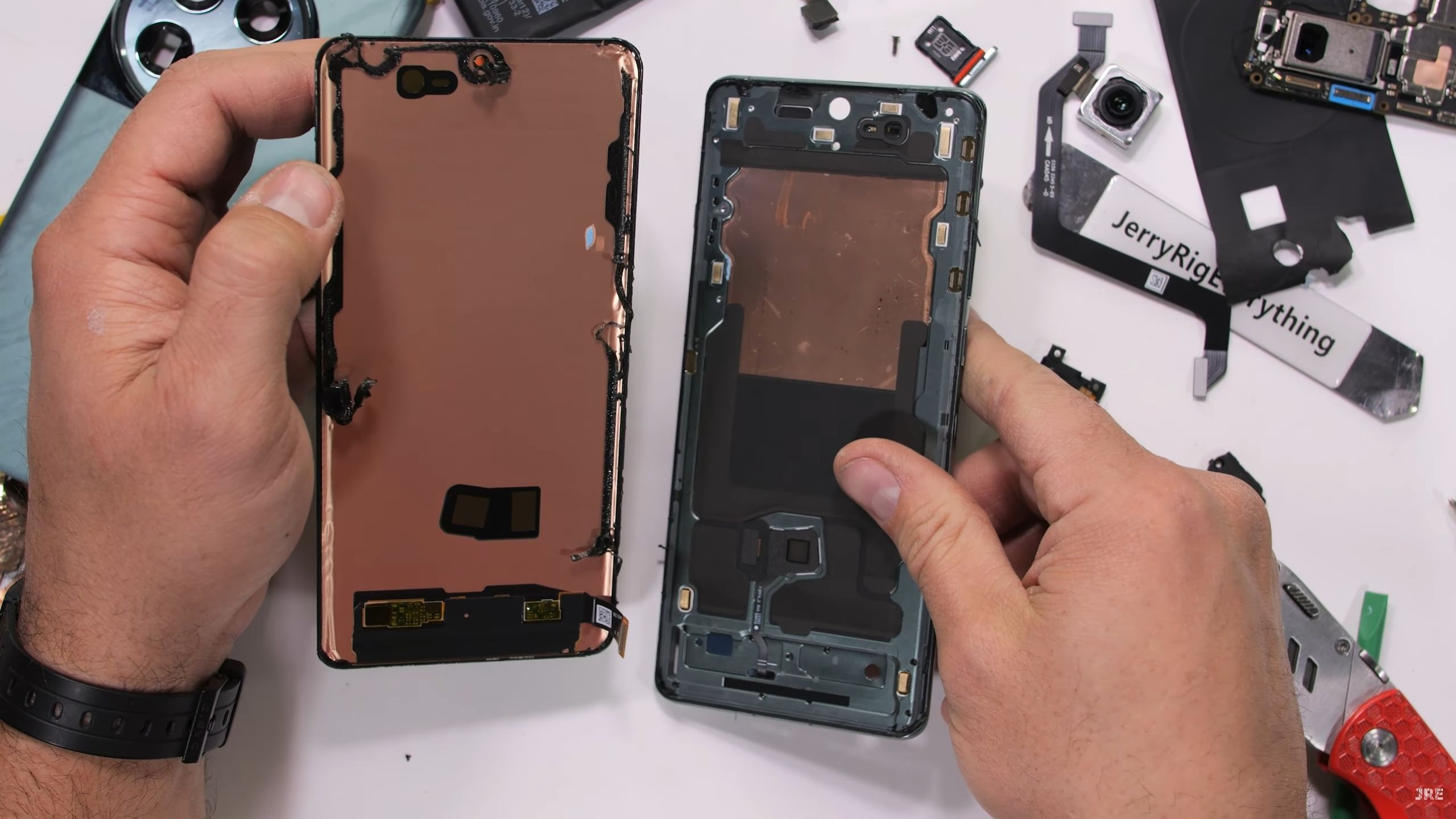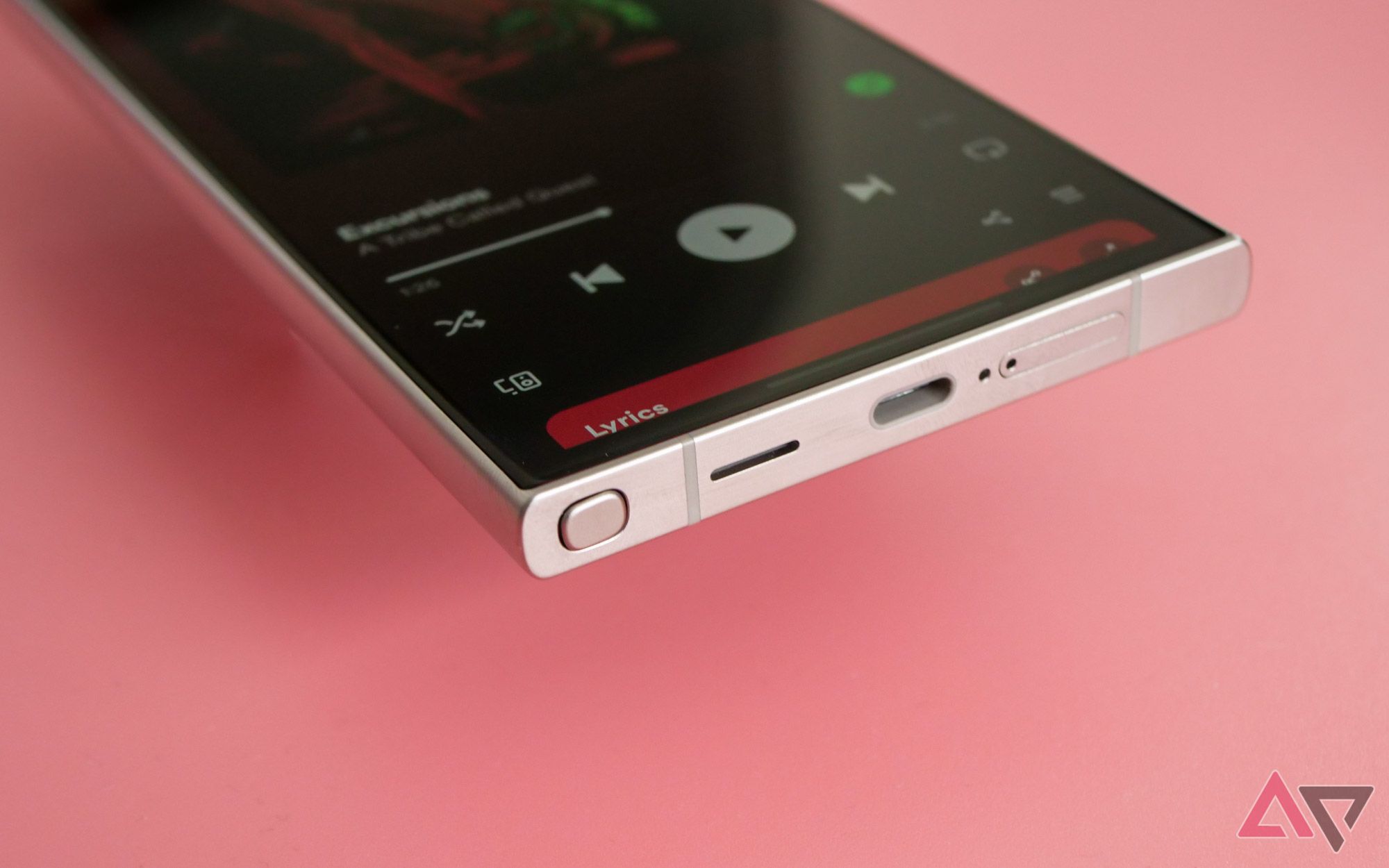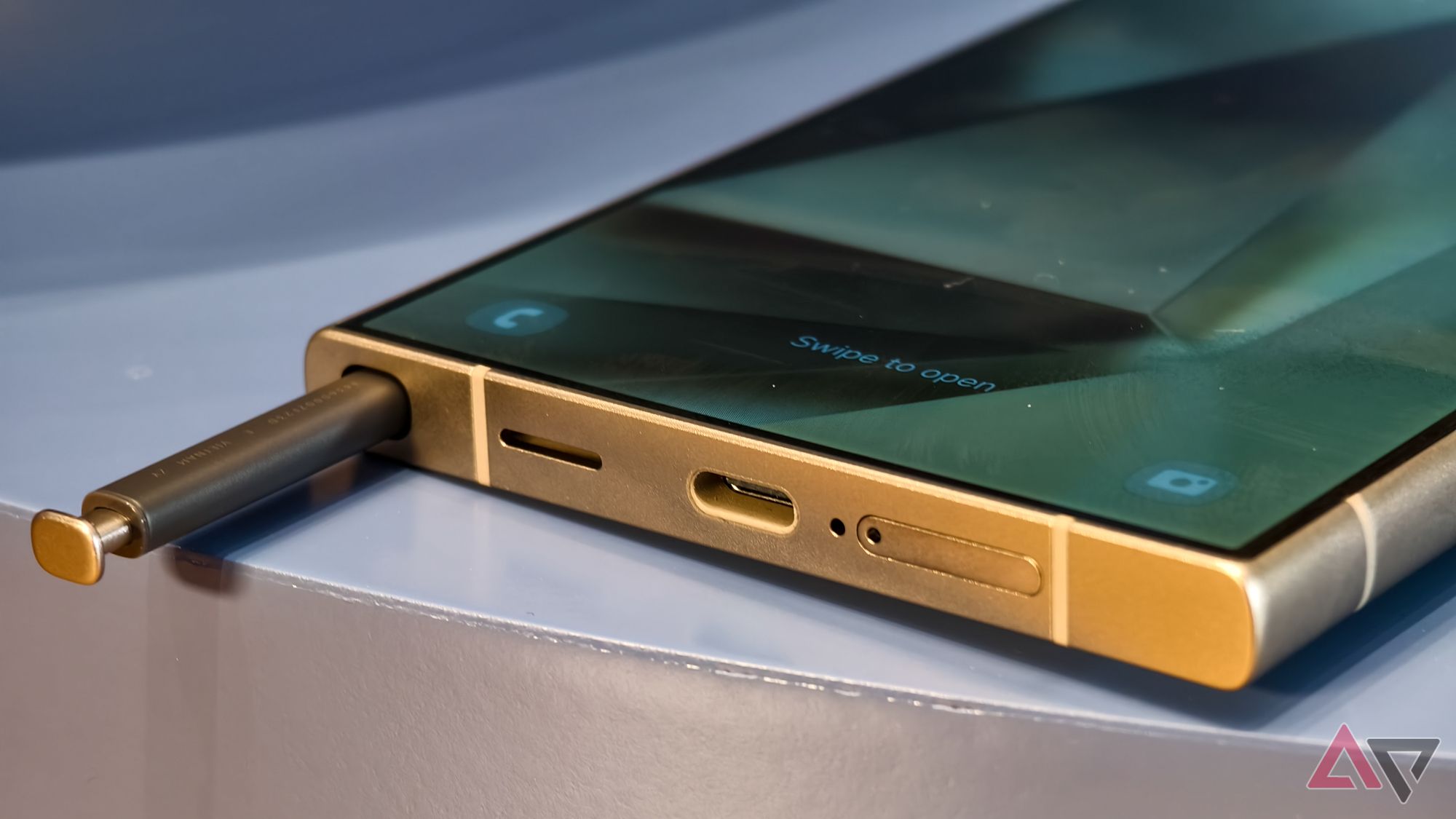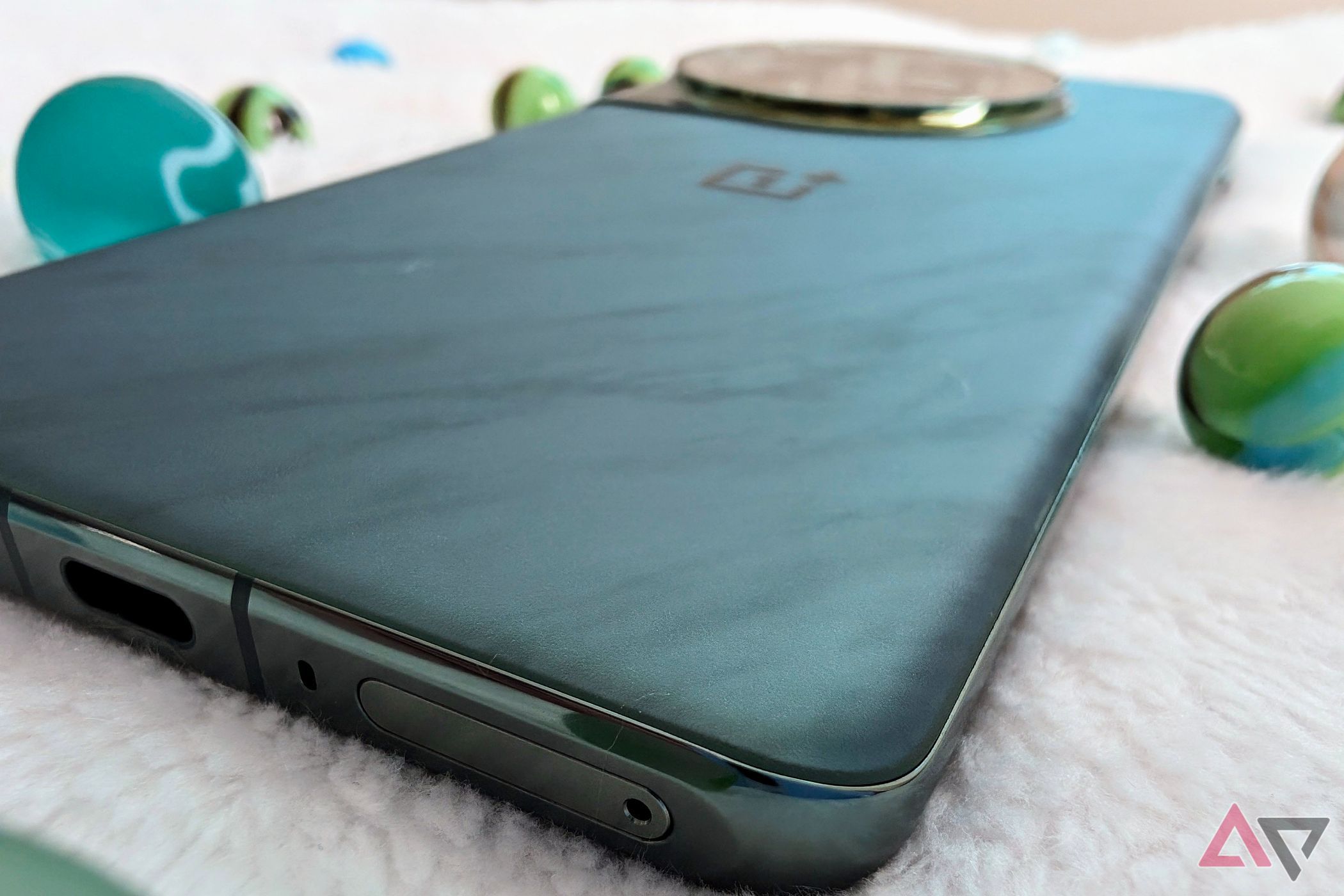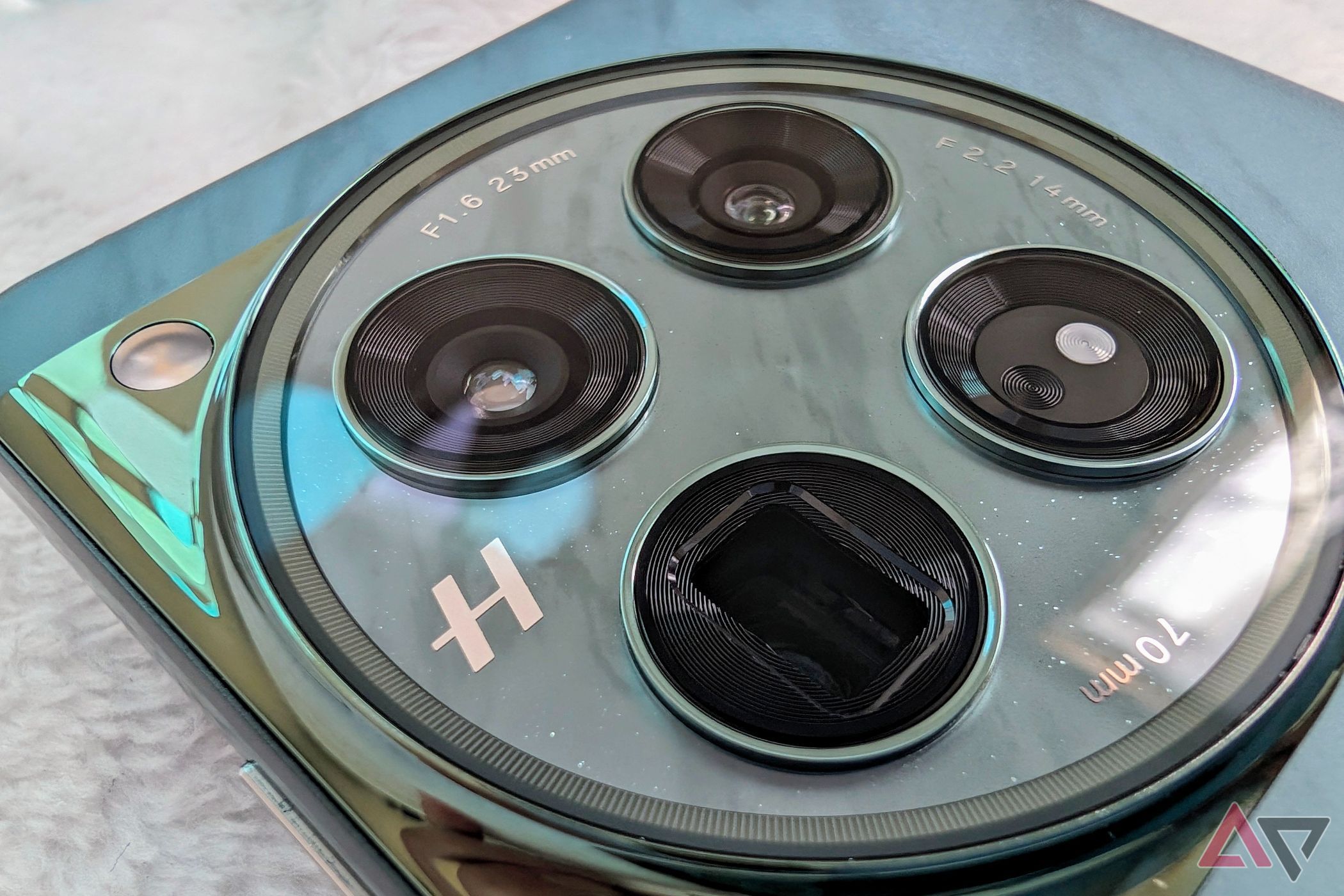-
OnePlus 12
No AI, no problemIn a world where the most popular brands have normalized prices well above $1,000, the OnePlus 12’s $800 sticker price might leave you thinking it makes compromises. It does not. The device boasts the same incredible performance, display quality, battery life, and camera abilities we’d expect from the absolute best on the market.
Pros- Excellent, bright display
- Industry-leading battery and charging
- Great Hasselblad-backed cameras
Cons- Minor fingerprint reader annoyance
- OxygenOS has a learning curve
- Not available on carrier deals
-
Samsung Galaxy S24 Ultra
Software-focused flagship$1150 $1300 Save $150Samsung didn’t make huge changes to the S24 Ultra over the last generation but refined some of its best features to stand out even more. Its finally flat display managed to get even better, the great battery became fantastic, and the cameras a little more capable. But if you’re not into novel AI tools, the cost is hard to swallow.
Pros- More crisp, colorful screen than ever
- Top-notch performance and efficiency
- The promise of evolving AI features
Cons- Unchanged, somewhat bland design
- Cameras still have trouble with motion
- Eye-wateringly high price
The Samsung S24 Ultra, like the S23 Ultra before it, is one of the most powerful, user-friendly, good-looking phones on the market. But, in many ways, it’s a bit too much like the S23 Ultra. It does sport some welcome improvements, like flat screen and edge designs, higher brightness, and somehow even better battery life, but it’s far from a revolutionary update.
In contrast, the OnePlus 12 built on the great design of last year’s OnePlus 11, but pumped up the intensity of its hardware, display, and cameras, leapfrogging practically every other phone on the market. One of the few manufacturers not to fall prey to the increasingly overarching shadow of AI, OnePlus focused its efforts on making a no-nonsense, industry-leading flagship, and in most ways, it succeeded.
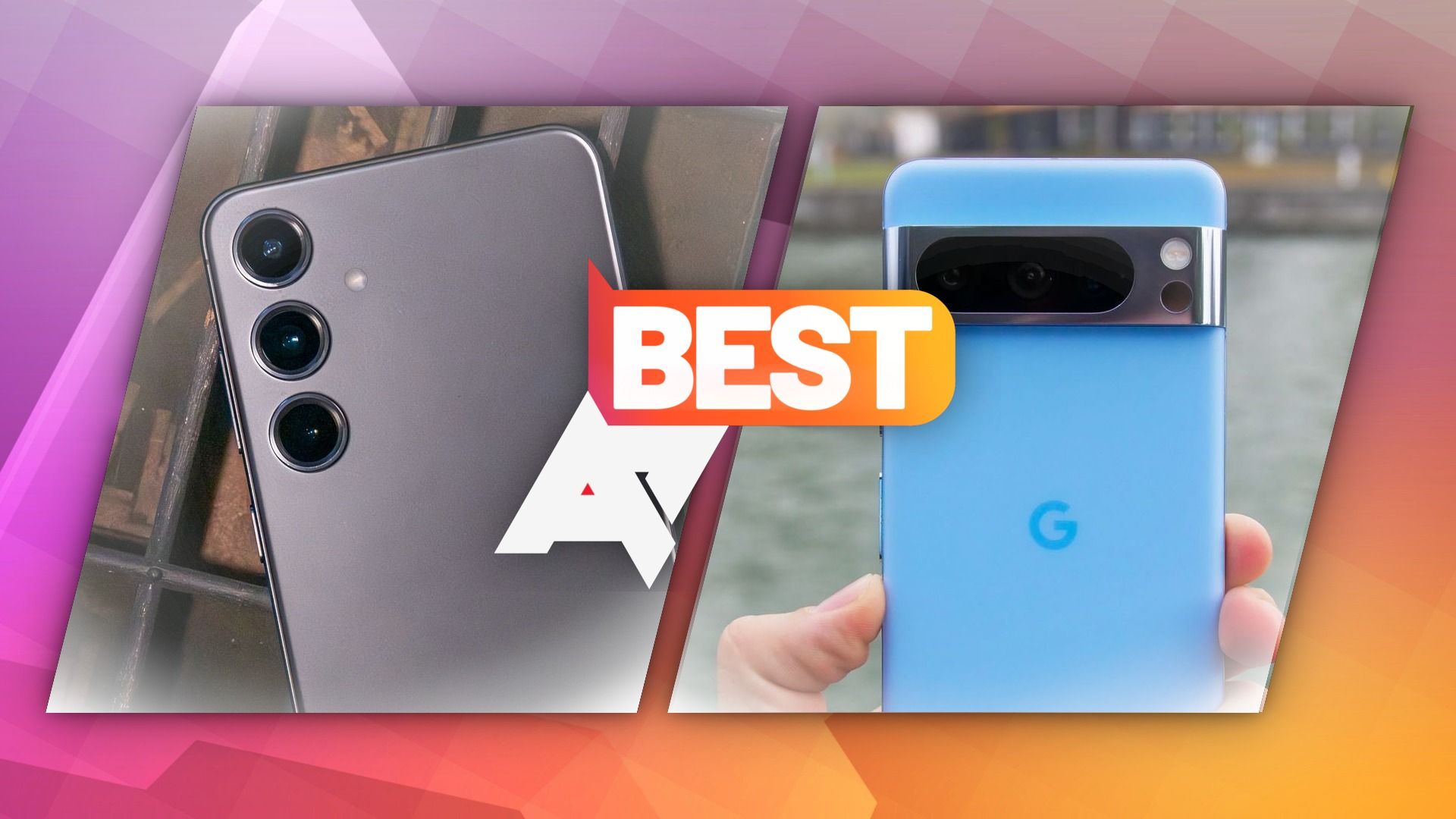
Best Android phones in 2024
In the market for a new phone? Get the best Android experience with these flagship phones
Price, specs, and availability
Samsung and OnePlus’s top-of-the-line smartphones both launched in early 2024. Both top flagships added $100 to last year’s sticker price, but the result of that increase is far different. The OnePlus 12’s MSRP now starts at $800 (relatively common for flagships), with an extra $100 doubling the storage and increasing the RAM. And when buying from the OnePlus website, you can trade in literally any phone in any condition to get a $100 recycling discount.
Samsung, on the other hand, charges a whopping $1,300 at minimum, and an additional $120 and $360 for the second and third storage tiers. For a non-folding phone, that’s not common. It does tend to offer more generous trade-in bonuses though.
Neither company has dedicated stores in the US, but both are readily available online and at major brick-and-mortar stores like Best Buy. Samsung does, however, work with the four biggest US carriers, so they can work within your current contract or sign you up for a new one to get a discount or monthly payment plan. OnePlus has no such tie-ins, although it offers a trade-in program through the website, and places like Best Buy also offer their own.
-
OnePlus 12 Samsung Galaxy S24 Ultra SoC Qualcomm Snapdragon 8 Gen 3 Qualcomm Snapdragon 8 Gen 3 for Galaxy Display type LTPO AMOLED, 1-120Hz LTPO AMOLED, 1-120Hz Display dimensions 6.82″, 19.8:9 6.8″, 19.3:9 Display resolution 3168 x 1440 3088 × 1440 RAM 12GB or 16GB 12GB Storage 256GB or 512GB 256GB, 512GB, or 1TB Battery 5,400mAh 5,000mAh Charge speed 80W wired (100W international), 50W wireless 45W wired, 15W wireless Charge options USB-C SuperVOOC wired, AirVOOC wireless, reverse charging Wired, wireless, reverse charging Ports USB-C USB-C Operating System Android 14 with OxygenOS 14 Android 14 with One UI 6.1 Front camera 32MP, f/2.4 12MP, f/2.2 Rear camera 50MP, f/1.6, OIS main; 48MP, f/2.2 ultrawide; 64MP, f/2.6, OIS, 3x telephoto 200MP, f/1.7 main; 12MP, f/2.2 ultrawide; 10MP 3x telephoto; 50MP, f/3.4 5x telephoto Cellular connectivity Sub-6 5G, LTE mmWave & sub-6 5G, LTE Wi-Fi connectivity Wi-Fi 7 Wi-Fi 7 Connectivity IR blaster, NFC UWB, NFC Bluetooth Bluetooth 5.4 Bluetooth 5.3 Dimensions 164.3 x 75.8 x 9.2mm 162.6 × 79.0 × 8.6mm Weight 220g 233g IP Rating IP65 IP68 Colors Flowy Emerald, Silky Black Titanium Black, Titanium Gray, Titanium Violet, Titanium Yellow Stylus No S Pen included Price From $800 From $1,300
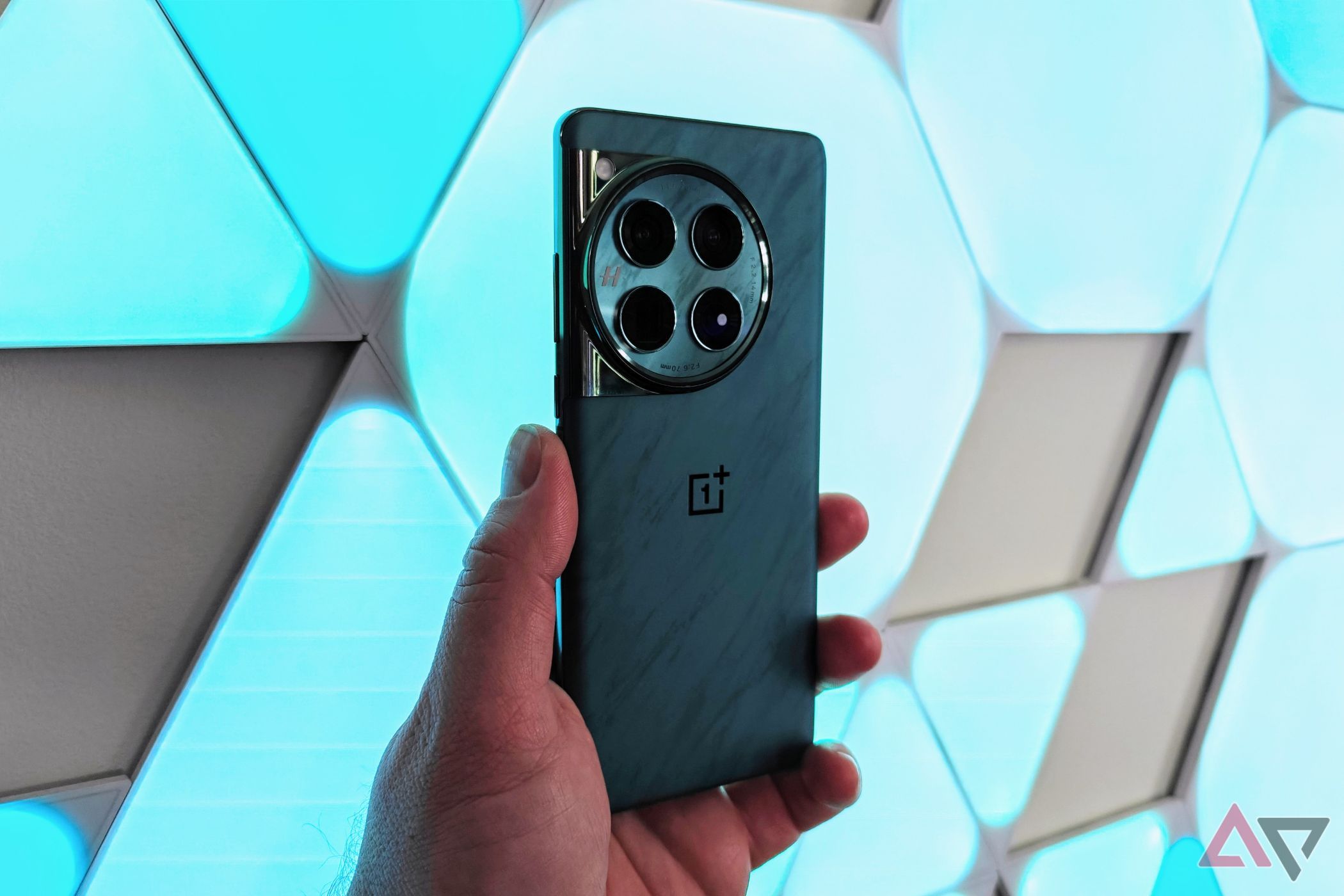
OnePlus 12 review: All flagship, no AI
This phone leaves nothing on the table, making for a truly complete package
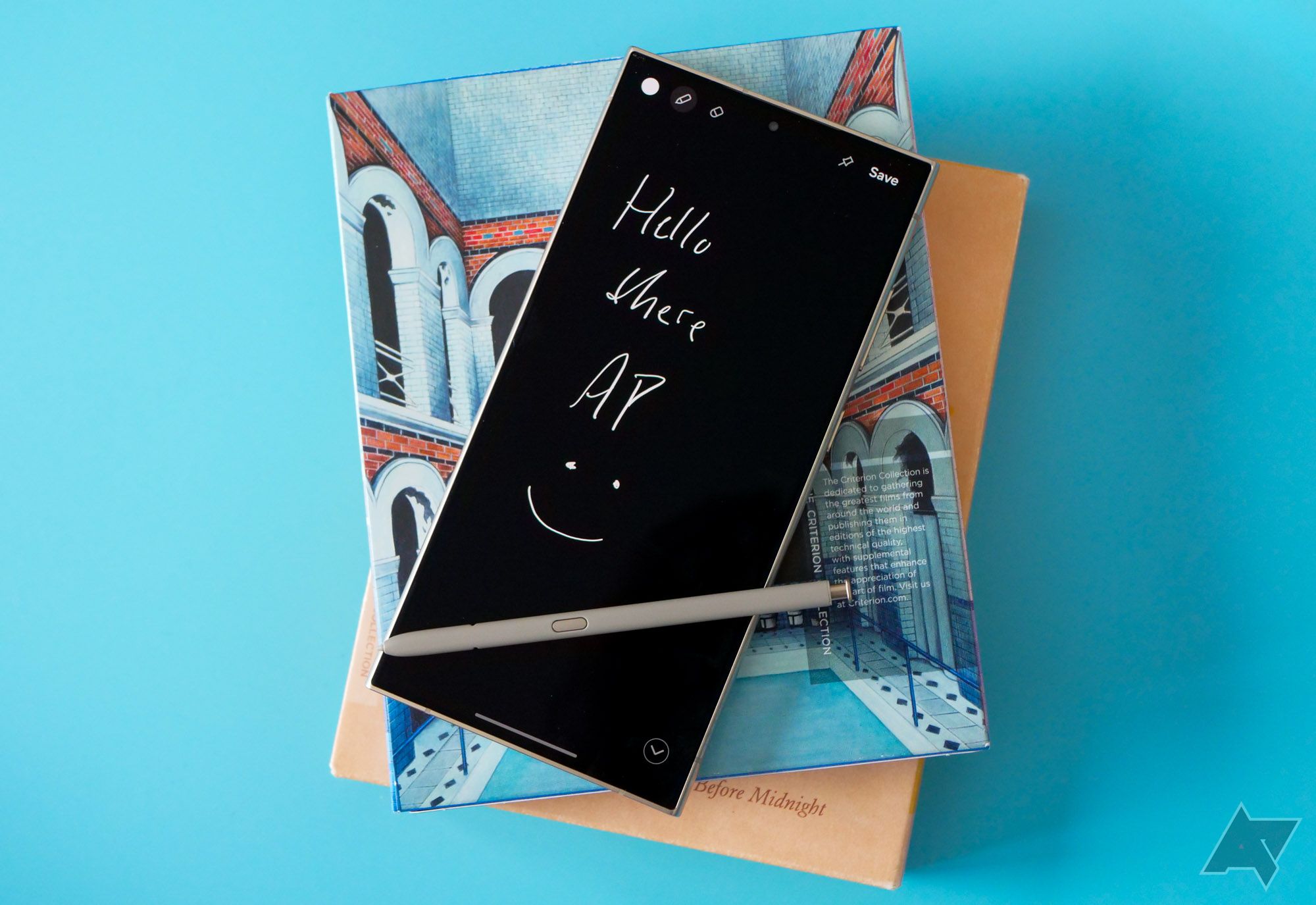
Samsung Galaxy S24 Ultra review: Still the best, unless you take photos
Without any meaningful changes, Samsung’s latest phablet feels like a do-over for last year’s smartphone
Design
A featureless monolith and a great, big circle
It seems like Samsung’s spent the last few years refining away all of its phones’ noteworthy visual features until they’re just one pristine, slightly shiny block. Without any major visual cues left to remove this year, it went even blockier and completely flattened the sides and screen.
That’s not a criticism. The sharper edges make it feel better in hand, and the mirror-flat front works better with touch and stylus input. But the only truly interesting thing about the S24 Ultra’s looks is the number of colors it comes in. The soft, titanium-hued green, blue, orange, violet, yellow, black, and silver almost look more like jewelry than an electronic device.
OnePlus offers far fewer colors — black, and a delightful green marbling called Flowy Emerald — but it sports a striking appearance that stands out among flagships. On the upper left side of the 12’s back sits an unmistakable bump that houses the Hasselblad camera lenses, an iconic design element first seen on the OnePlus 11. While the OnePlus 12 does also look almost exactly like its predecessor, it still looks pretty eye-catching.
Samsung does superceede OnePlus slightly from a physical design standpoint. The S24 Ultra’s Gorilla Glass Armor strikes a balance of durability and scratch resistance we’ve not yet seen, marginally outperforming the Victus 2 found on the OnePlus 12. Samsung also shot for an IP68 rating, while OnePlus only eked out IP65 protection.
Display
How bright is too bright?
We’ve reached a point in high-end smartphone displays where numbers like percentage of color gamut coverage and color variance delta-E don’t mean much in real-world use. Both smartphones produce colors, handle motion, and resist ghosting and artifacts so well that it’s difficult to base comparisons on hard numbers.
For example, the OnePlus boasts a borderline-unbelievable 4,500-nit peak brightness, but you won’t ever actually see that kind of shine in regular use. OnePlus likely measured the maximum possible output of a single pixel while the rest of the panel was at a low power level, a situation you won’t encounter in real life. With that said, the OnePlus does get brighter, but you’ll need to turn off automatic brightness to get the most out of it. With the OS managing brightness on its own, the Galaxy tends to be easier to see, but not by a huge amount.
Qualitatively, though, there are some clear differences between the screens. Most notably, the OnePlus 12’s rounded corners look, well, like a lot of phone display designs we’re used to seeing. The S24 Ultra’s uncommon 90-degree corners stand out and increase the effective screen space. Samsung’s entry definitely looks cleaner, even though the OnePlus looks fantastic.
The aforementioned Gorilla Glass Armor is another big difference that defies measurement. Not just formulated for durability, it’s also engineered to resist glare at all angles without noticeably affecting image quality. It’s one of the S24 Ultra’s biggest advantages, and no other phones use it yet.
But the OnePlus still has some tricks up its sleeve. Its panel supports not just HDR and Pro XDR (essentially a souped-up version of HDR for viewing photos), but also Dolby Vision, unlike the Samsung. Aqua Touch is another novel OnePlus feature; it makes the touchscreen more consistently responsive when there’s excess moisture on your fingers or the screen. That one’s hard to quantify, but we noticed a difference in side-by-side testing with the OnePlus 11.
Software
The biggest difference
Samsung’s OneUI Android skin gets a ton of praise for its intuitive design and high degree of customizability. It may not be universally loved — nothing is — but experts and casual users alike widely regard it as the best Android implementation today. It offers some of the most effective multitasking tools, including Samsung Dex, which can essentially turn your phone into a tiny desktop PC.
For the most in-depth use cases, the inclusion of Samsung’s vaunted S Pen and its in-body storage can’t be ignored. If you’re planning on taking notes or otherwise using a stylus to manipulate your smartphone, the S24 Ultra’s the only choice. The OnePlus 12 doesn’t even support the company’s own pen.
But arguably the biggest gulf in software design comes in the form of machine learning tools, which everybody’s just decided to call AI features. Samsung leaned into Galaxy AI hard during the Unpacked event when it announced the S24 family, pitching it as the new models’ most important upgrade, and basically the tech of the future.
Built on Google’s Gemini Pro and Imagen 2 AI models, Galaxy AI adds novel features that the vanilla Google Assistant can’t quite handle. This includes neat stuff like removing shadows, reflections, and even entire objects from photos. It can transcribe audio recordings, and make quick summaries of large note sets. It even enables live translation of calls, messages, and in-person conversations, perfect for international professionals and travelers.
The OnePlus 12 offers no such AI features. Instead, it employs the OxygenOS skin, which deviates from stock Android more than just a little. By no means cumbersome or confusing, it has a bit of a learning curve if you haven’t used a OnePlus phone in the last few years. Despite a few minor quirks, though, it works great once you get to know it, and should see continued refinement.
Android update lifespans
Somewhat famously, Samsung followed Google’s lead this year and now promises seven years of full Android updates and security patches for its high-end devices. Battery degradation notwithstanding, there’s little doubt the S24 Ultra will still perform well several years down the road.
OnePlus, unfortunately, hasn’t followed suit. While it undoubtedly has the hardware to last longer, it will only see four Android updates and then one further year of security patches. For that matter, OnePlus itself actually derided the concept of a seven-year update lifespan, comparing it to a moldy sandwich — so don’t hold any hope that it’ll change its mind in a few years and offer more software.
Performance
Hard to tell apart
The two phones include extremely similar internals. They use the same physical Snapdragon 8 Gen 3 chip, which boasts a marginal performance increase and notable efficiency upgrade to the Gen 2. They do use different variants, though. The Samsung’s Cortex-X4 core gets a minor, 100MHz overclock at the expense of 100MHz for each of the other seven cores. This is presumably to accommodate the AI features that take a little more processing power than your average smartphone task.
In day-to-day usage, though, you’ll notice no difference. Both phones are blazing fast and able to handle the most resource-intensive tasks an app can throw at them. If you like to get a lot done at once on your phone, though, the upper-tier OnePlus and its 16GB of RAM could entice you. OnePlus also added a new SoC management engine called CPU-Vitalization, which claims to balance power and performance to deliver more raw speed when you need it, and better efficiency when you don’t.
OnePlus also employs advanced thermal management called the Dual Cryo-velocity Cooling System, which incorporates a sizable vapor chamber that minimizes the chance of throttling. Altogether, the 12’s fantastic hardware and its novel implementation can, theoretically, push it a notch above the Samsung in terms of performance. The average user might not notice, but if absolute breakneck speed is a priority, the OnePlus 12 has you covered to a better extent than the S24 Ultra.
But from a more functional standpoint, we do have a couple of gripes with the OnePlus. The small one is that the fingerprint reader doesn’t perform as well as it could; it periodically took multiple tries and lagged unlocking the phone. The lack of 5G mmWave connectivity is a slightly larger issue, and means it won’t have access to the absolute best over-the-air data speeds and latency. That may not be a deal-breaker, but it is an important point for some users.
Battery life
Do you want great, or incredible?
Both take advantage of the Snapdragon 8 Gen 3’s ability to sip power, delivering impressive, all-day battery life, even with heavy use. In fact, most users could probably stretch them both to over two days of use without requiring a recharge — although we wouldn’t recommend that, because discharging your battery below about 40% starts to encourage degradation. Nonetheless, there’s one clear winner.
Based on a pure video playback test, the Samsung actually lasts a couple of hours longer (about 28.5 hours to the OnePlus’s 26), likely due to the OnePlus’s higher brightness. But taking general use into account — 4G and 5G radios, Wi-Fi connections, app switching, inputs and haptics, and geo-location pinging — the OnePlus 12 edges out the S24 Ultra consistently.
Neither’s getting massively blown out, of course, and both last long enough to claim some of the best battery life on the market. But that’s not the whole story.
A tale of two charging speeds
We tend to rag on the Galaxy Ultra’s 45W max charging rate. Not because it’s unusably slow, but because this is the best, most expensive Samsung has to offer, and we think it can do better. Sure, it may not need blazing-fast refueling speeds, partly because it doesn’t need topping off during the day. But if we shell out $1,300 or more for a phone, we think it should have some of the best high-end features.
At the very least, it should improve upon its two-year-prior predecessor, or maybe even include the requisite specialty charger in the box. Samsung’s latest top-dollar phone does neither. What’s worse, the cable included in the S24 Ultra’s box doesn’t even support the amperage required to accommodate the full 45W peak. That’s borderline shameful.
Questionable manufacturer decisions aside, 30 minutes on a typical 25W charger can take the S24 Ultra from empty to just over 50%. A 45W PPS charger moves that figure to almost 70%. From zero to 100%, 25W and 45W charging take about 1:05 and 1:15, respectively. The small difference comes from the fact that Samsung’s charging algorithm slows significantly as it passes roughly 80%, to preserve battery longevity. The 45W PPS technology, therefore, is more useful for quick top-ups when the battery is low.
OnePlus does pretty much everything differently. It includes the required SuperVOOC charger and cable needed to reach the phone’s peak charging rate, which is limited to 80W (instead of the international 100W) merely due to US electrical infrastructure. OnePlus also doesn’t mess around with slowing down the charge rate automatically, so you’ll see the battery refill at a relatively constant rate. A quick, 15-minute spot on the charger takes it from empty to nearly 50%, with a full tank at just over the 30-minute mark.
That’s not just impressive, it’s the best on the market, and slays the S24 Ultra. However, if you plan to keep your OnePlus 12 for a significant length of time, remember that faster charging and the heat associated with it tend to degrade batteries faster. If you’re charging overnight, it’s OK to use a regular charger, and that’ll ensure your battery still works well two or three years into the future.
Cameras
Where reputations collide
Samsung goes out of its way to include almost excessively good optical hardware in its flagship. Arguably no one needs a 200MP photo from a smartphone, although its pixel binning does do a great job, especially in low light. And while not everyone loves Samsung cameras’ predilection for slight oversaturation, the photos do look great, and you can prevent the saturation issue with a quick settings change.
Overall, we managed to get some excellent shots with the Galaxy, especially the 200MP primary lens. The night mode works particularly well in capturing colors in dark settings, indoors and out. The wider telephoto lens also works better in many cases, and the downgrade from 10× to 5× is only slightly noticeable at high zoom levels.
But that’s not our gripe with Samsung’s photography experience. This is the third year running we’ve encountered clear motion handling issues, largely in the form of blurry images in reasonably well-lit settings. This might not be the end of the world, but it’s impossible to overlook in such a costly device.
Now, for something completely different. OnePlus partnered with Swedish photography heavyweight Hasselblad to develop one of the most interesting camera setups available. Its 50MP wide-angle primary lens sits alongside a 64MP 3× telephoto setup, complemented by a 48MP ultrawide sensor. This dizzying array of high-resolution lenses provides an impressive level of versatility, with the 32MP wide-angle selfie camera only adding to the mix.
Our hands-on testing left us with nothing but good things to say. The bevy of shooting modes, both manual and auto, give handheld photographers tons of options for achieving the perfect shot. And while OnePlus doesn’t use any specific AI photo-editing tools, its image processing is up there with the best phones for photography right now. If taking pictures is important to your smartphone experience, the OnePlus 12 stands out from the rest.
Which one’s right for you?
The Galaxy S24 Ultra is an excellent phone and will, undoubtedly, sell more units than the OnePlus 12. But, other than the anti-glare Gorilla Glass Armor, popular OneUI Android skin, and novel AI tools, the OnePlus does almost everything better. It’s ridiculously fast, looks especially nice in the Flowy Emerald colorway, lasts longer per charge, charges way faster, and takes better pictures on a more consistent basis than the Samsung.
And the real kicker? MSRP for the base model is a whopping $500 lower, and just $100 more nets you 16GB of RAM and 512GB of storage. You can even trade in any old phone you have on hand for a $100 recycling discount. If there were ever a time to ditch Samsung, it’s now.
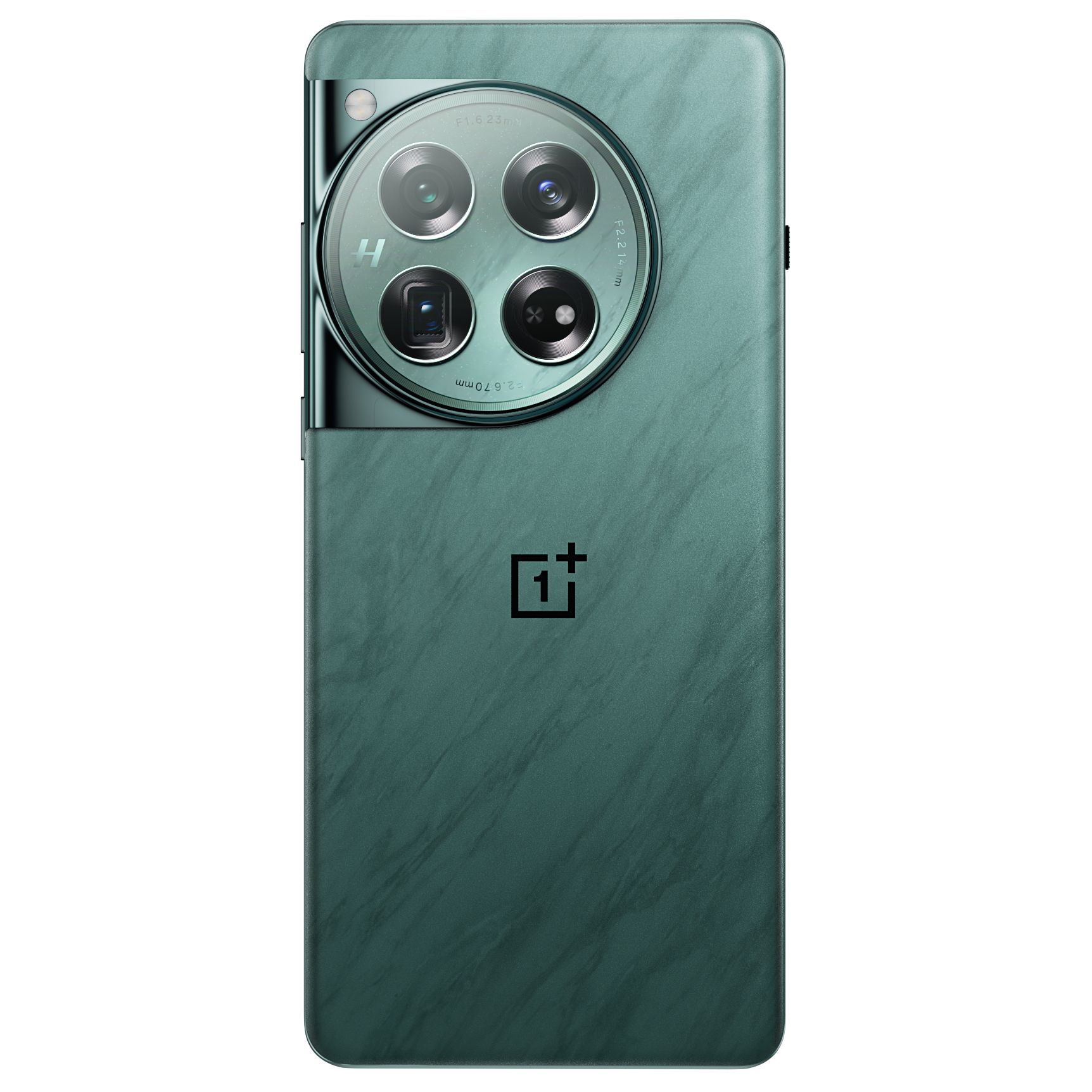
OnePlus 12
Look really hard, and you can only find small weaknesses
OnePlus knocked it out of the park with the 12 by ignoring AI and focusing on the things that make a traditional flagship smartphone truly great. Its unparalleled speed, battery life and charging, and camera performance make it a strong contender for phone of the year.
Nonetheless, a lot of people place high importance on things the S24 Ultra does quite well. It looks a little more polished, if not as flashy, and the software experience (especially the multitasking features and Samsung Dex implementation) adds tons of utility for users who spend a lot of time working on their phones.
Plus, despite its competitor doing a lot of things better, the Galaxy still does everything incredibly well — except a somewhat inconsistent camera experience. If money’s no object and you want access to the latest AI tools, the Galaxy S24 Ultra is a great choice.
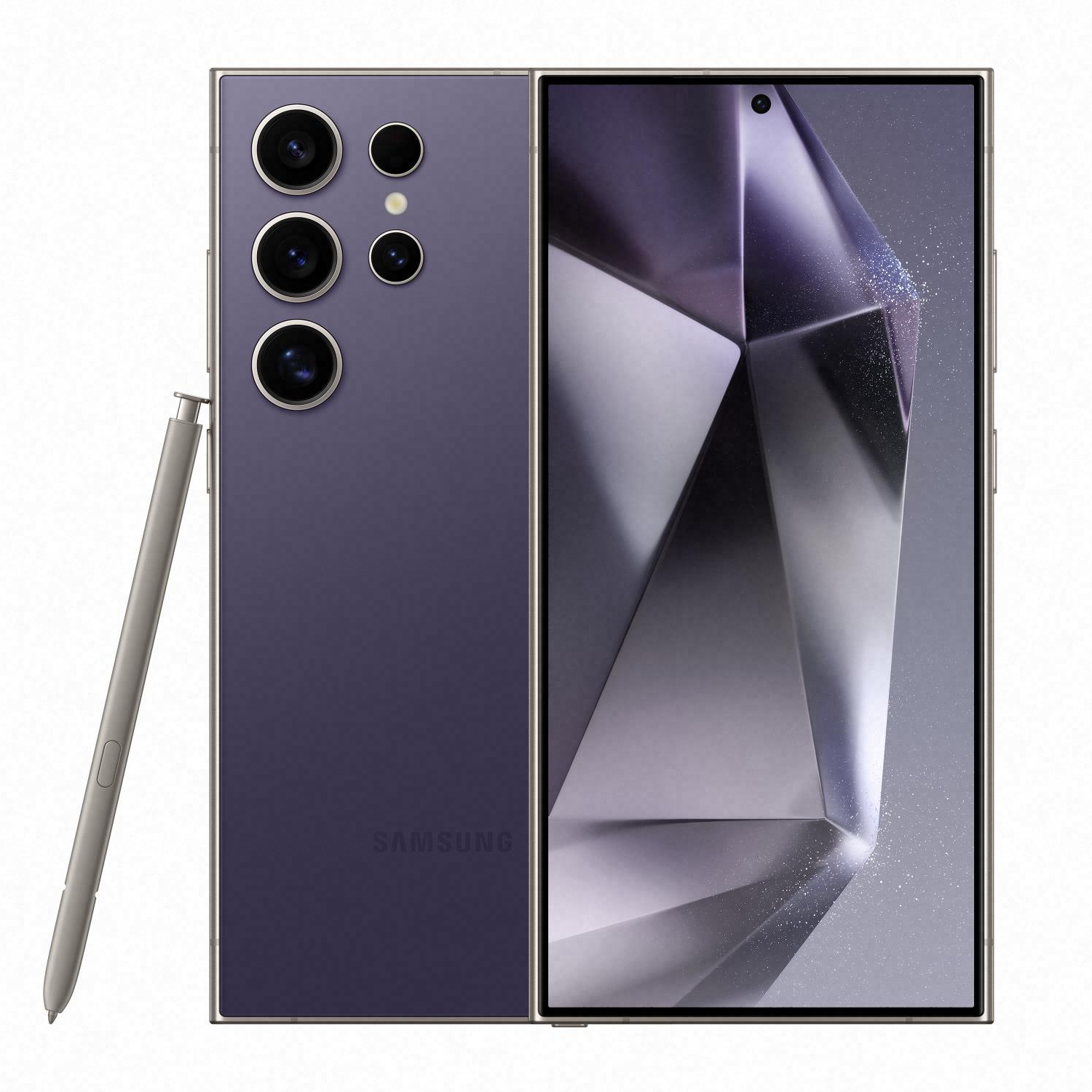
Samsung Galaxy S24 Ultra
Advanced features and the price to match
The S24 Ultra doesn’t depart from its predecessor in any major way other than an increased focus on AI tools — something a lot of people today value. If you want a top-of-the-line software experience and can stomach the high cost, there’s nothing really wrong with Samsung’s latest big-screen flagship.





